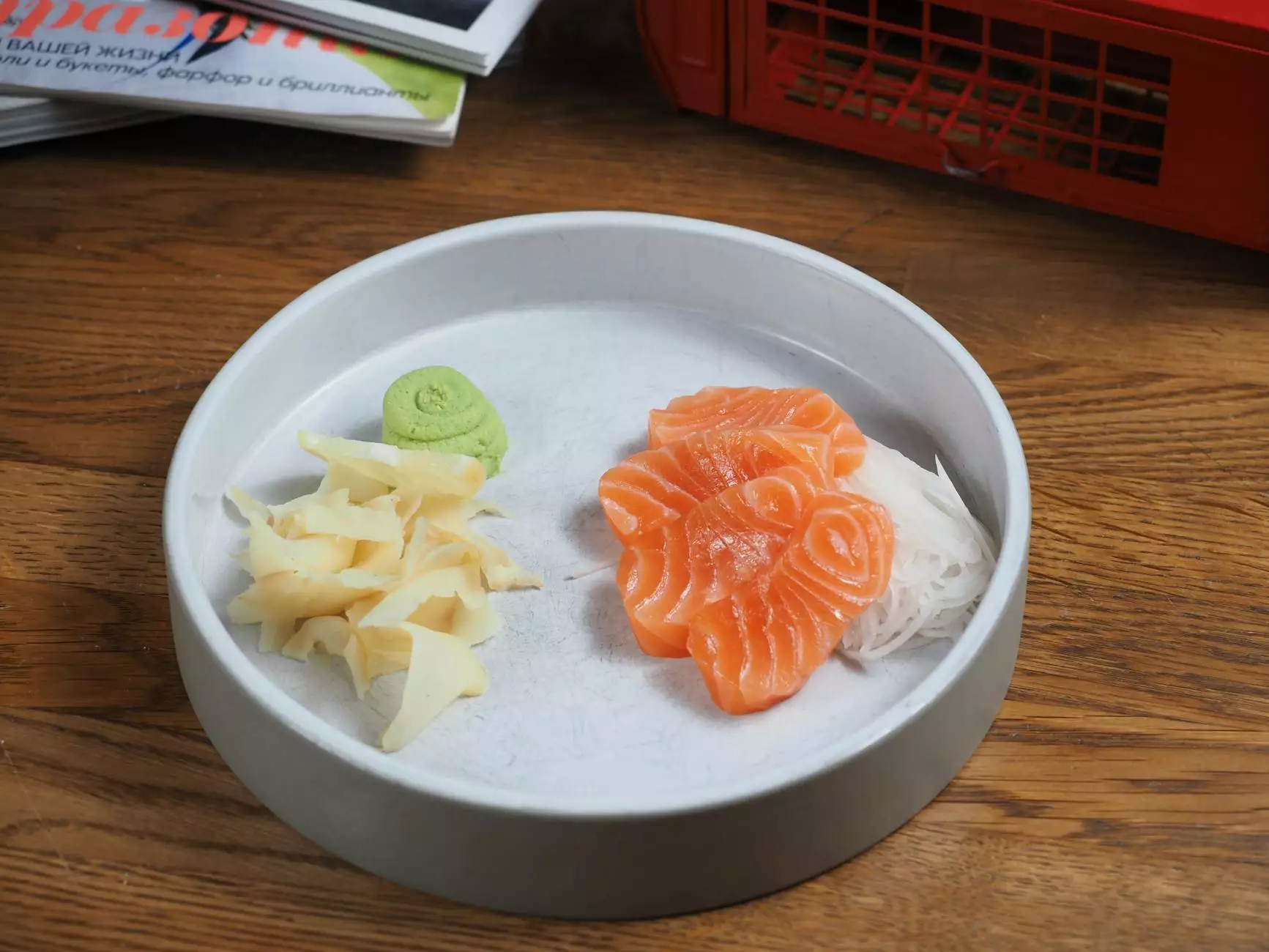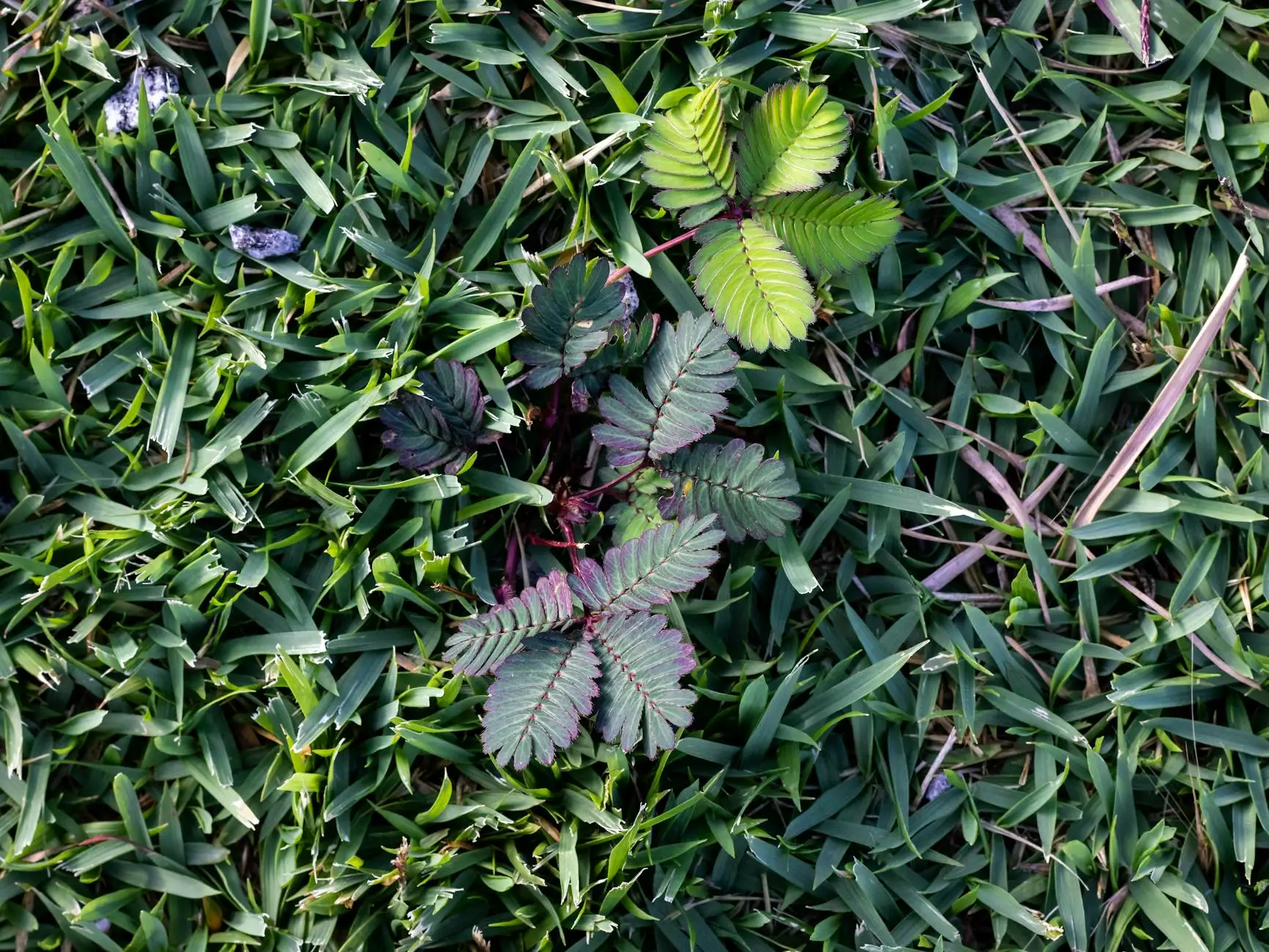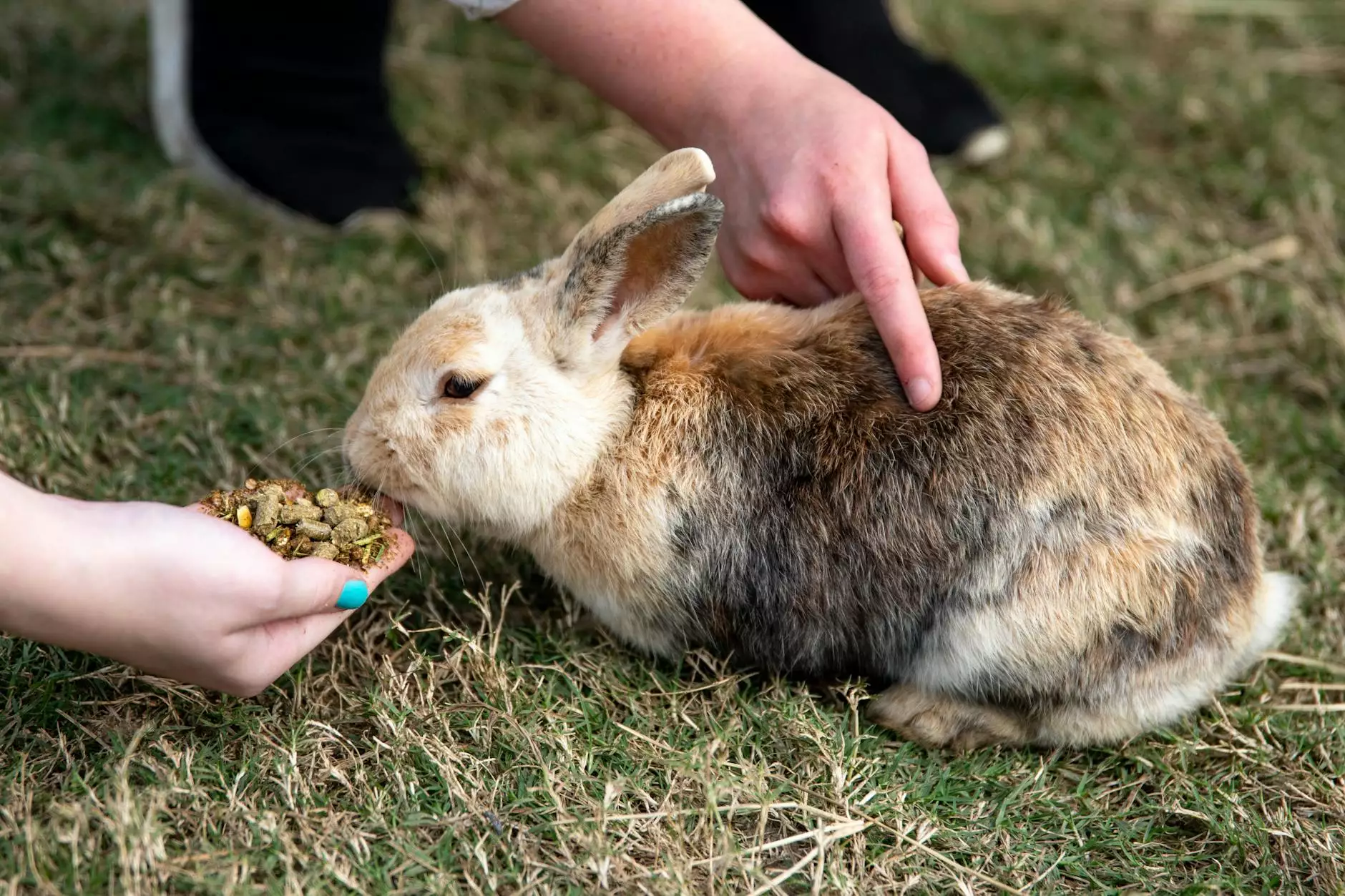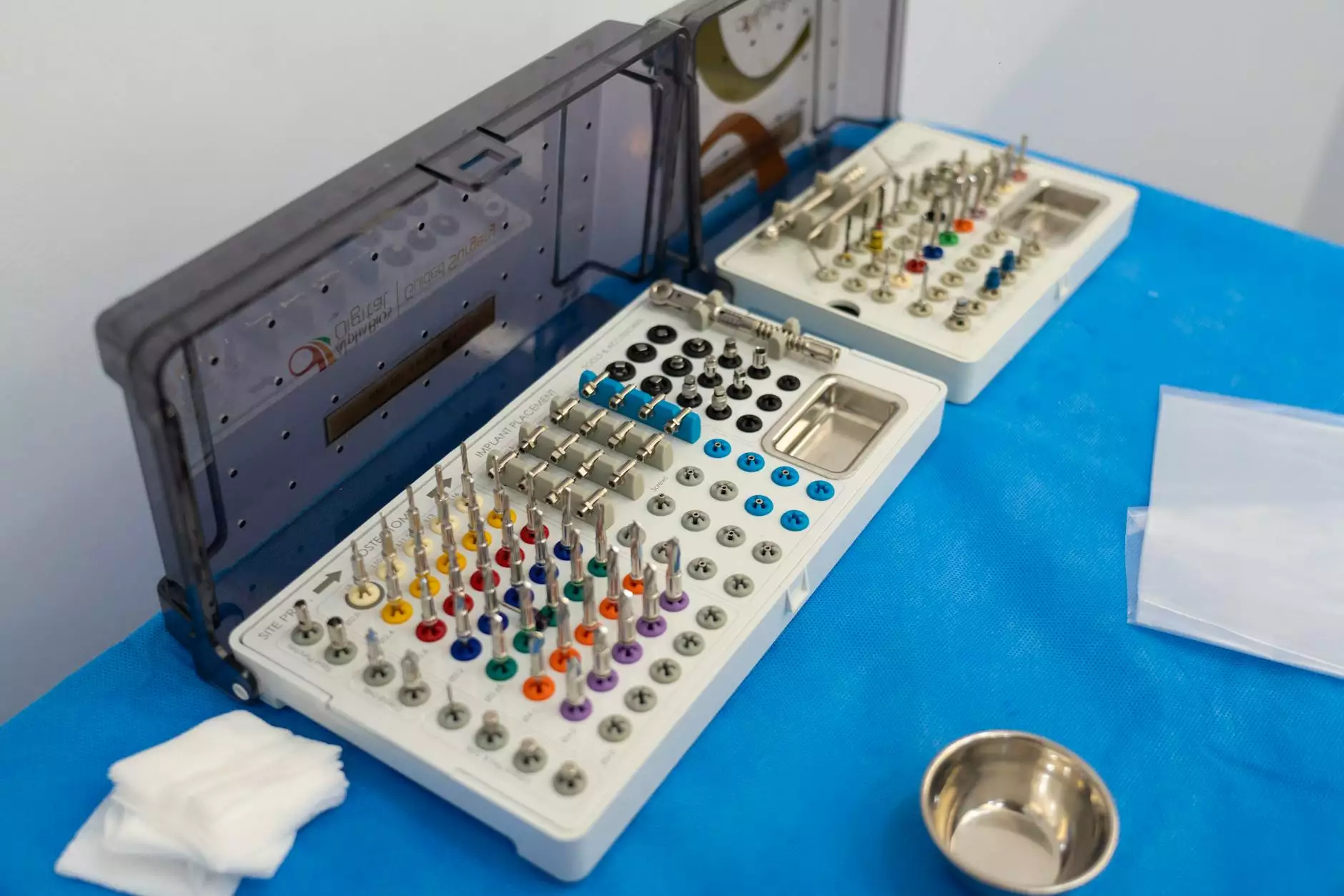The Ultimate Guide to the Cost of Wasabi Root

Wasabi is more than just a condiment; it is a staple in Japanese cuisine that adds spice and flavor to sushi, sashimi, and other dishes. Despite its popularity, the cost of wasabi root has been a topic of discussion among chefs, restaurant owners, and food enthusiasts alike. In this extensive guide, we will delve into various aspects of wasabi, including its cultivation, pricing, culinary uses, and more.
The Nature of Wasabi: Understanding This Unique Rhizome
Wasabi, scientifically known as Wasabia japonica, is a plant native to Japan. It thrives in a specific environment, making it relatively challenging to cultivate. This unique plant is known for its distinctive taste and aroma, which can be described as both pungent and slightly sweet.
Characteristics of Wasabi
Wasabi has some distinguishing characteristics that set it apart from other similar plants. They include:
- Flavor Profile: Wasabi's flavor is often described as more complex than just hot. It has a sharp, grassy taste that complements various foods.
- Culinary Uses: Wasabi is primarily used in Japanese cuisine but is finding its way into various international dishes, from dressings to marinades.
- Health Benefits: Contains antibacterial properties and can aid in digestion. It's also rich in antioxidants.
Factors Influencing the Cost of Wasabi Root
The cost of wasabi root can vary significantly based on several factors:
1. Cultivation Challenges
Wasabi requires specific conditions to grow, including:
- Temperature: It thrives in cool, temperate climates, typically between 46°F and 68°F.
- Water Source: It needs clean, running water, preferably from cold mountain streams. This requirement limits the regions suitable for cultivation.
- Soil Conditions: Wasabi prefers rich, moist, and well-draining soil, which can be rare and expensive to maintain.
2. Supply and Demand
As with any commodity, the balance between supply and demand plays a critical role in determining the cost of wasabi. With growing popularity in global cuisine, the demand for authentic wasabi has surged.
3. Authenticity Issues
Many products labelled as wasabi in markets and restaurants often contain horseradish, food coloring, and other fillers. This discrepancy affects the market price and demand for real wasabi root. The genuine product is considerably more expensive due to its rarity and cultivation difficulties.
Pricing Overview of Wasabi Root
To understand the cost of wasabi root, it’s essential to explore different pricing structures available in the market:
1. Retail Cost
The retail price for authentic wasabi root typically falls between $30 to $100 per pound, depending on the quality and location of purchase. It is often sold in specialty grocery stores or gourmet shops.
2. Wholesale Cost
For restaurants, the wholesale cost can vary based on the quantity ordered. It may be cheaper to purchase directly from suppliers or farms, generally ranging from $20 to $60 per pound for bulk purchases.
3. Premium Products
Some gourmet brands offer wasabi products (like paste, powder, or sauces) that may cost more, reflecting the processing and packaging involved.
Where to Buy Genuine Wasabi Root
If you are looking to purchase authentic wasabi root, consider the following options:
- Specialty Grocery Stores: Check local stores that focus on international or gourmet foods.
- Online Retailers: Websites such as realwasabi.com offer genuine wasabi root sourced directly from farms.
- Farmers' Markets: Often, local farmers may cultivate their own wasabi and sell it directly to consumers.
Utilizing Wasabi in Culinary Creations
Wasabi is a versatile ingredient that not only enhances flavor but also elevates the presentation of dishes. Here are a few culinary applications:
1. Sushi and Sashimi
The most traditional use of wasabi is as an accompaniment to sushi and sashimi. It complements the flavor of fresh fish beautifully.
2. Sauces and Dressings
Wasabi can be blended into dressings for salads or sauces for meats and seafood. Its unique flavor can bring a new depth to everyday recipes.
3. Soups and Dips
Incorporate wasabi into soups, where it can add a touch of heat, or as a flavorful component in dips for vegetables and crackers.
4. Creative Pairings
Wasabi flavors can be paired with various ingredients, such as avocado, citrus fruits, and even chocolate for a unique dessert experience.
Conclusion: The Investment in Authentic Wasabi Root
Investing in authentic wasabi root may initially seem costly, but the benefits far exceed the monetary value. The depth of flavor and culinary versatility it brings to dishes makes it worthy of its price. As consumers become more discerning about food quality, the recognition and appreciation for genuine wasabi are sure to grow.
In summary, understanding the cost of wasabi root and the factors that influence it empowers consumers and culinary professionals alike to make educated choices. Whether you are a restaurant owner seeking to enhance your menu or a home chef looking to elevate your cooking, genuine wasabi is an ingredient worth considering.
For more information and to explore genuine wasabi products, visit realwasabi.com today!









